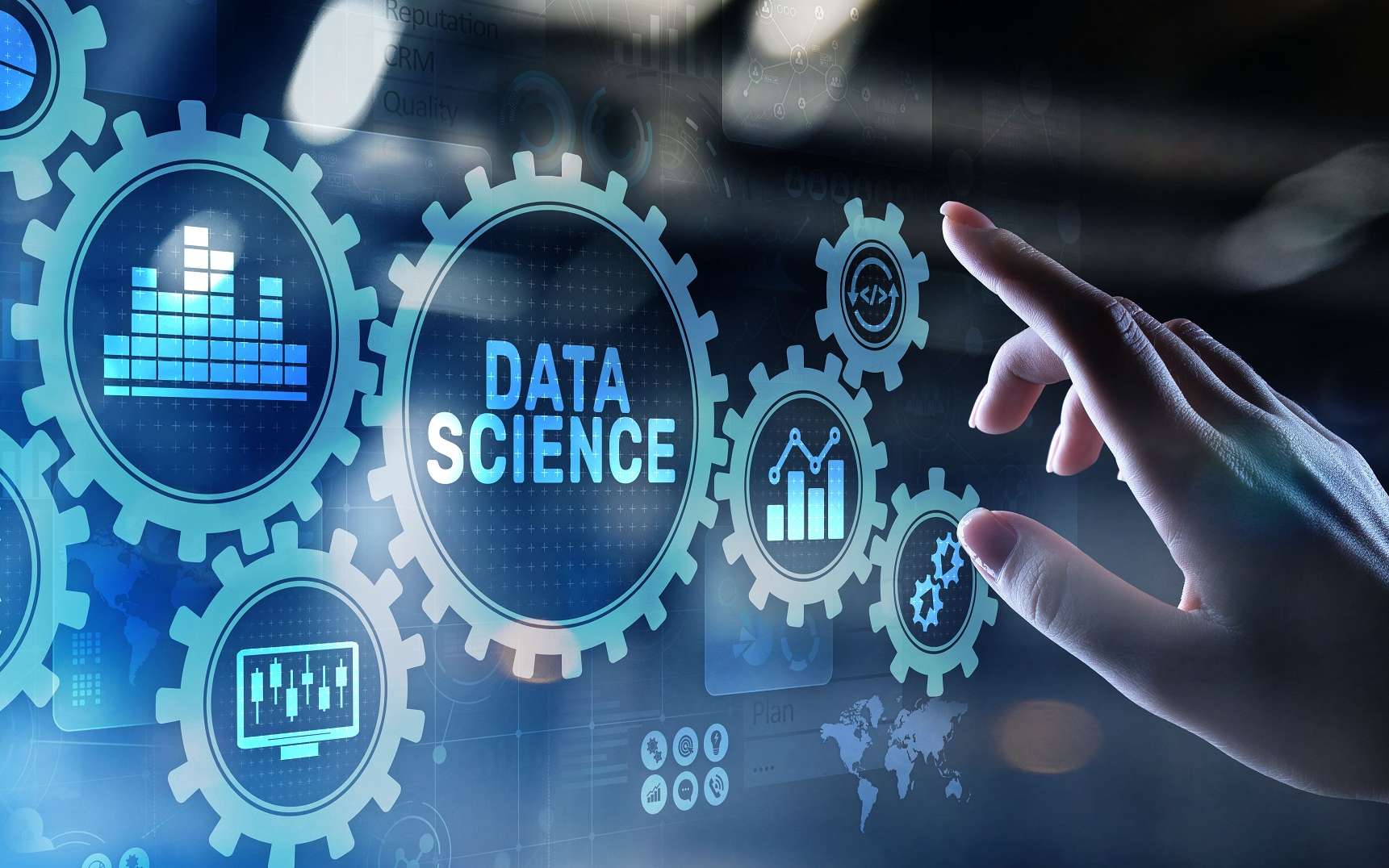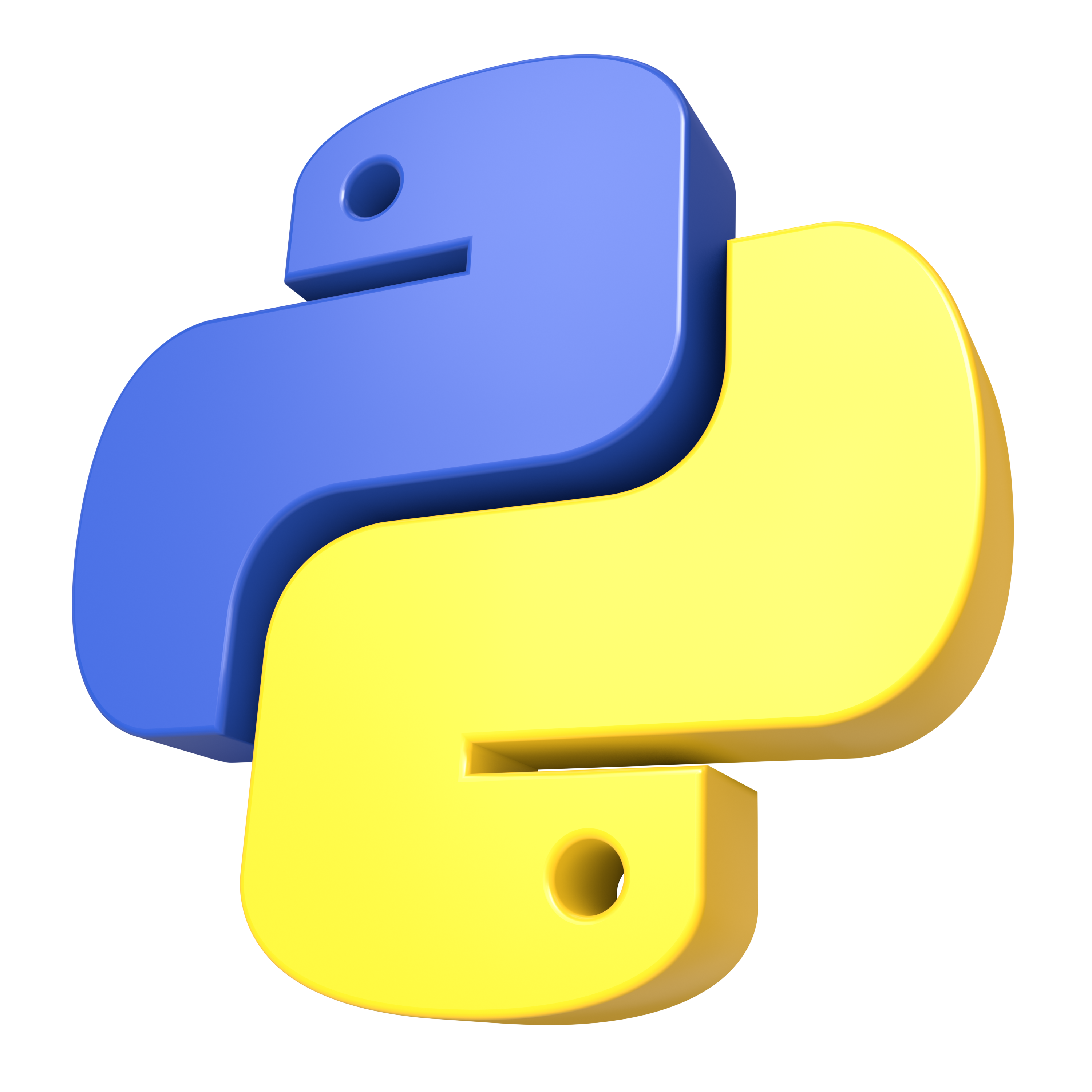Artificial Intelligence

ARTIFICIAL INTELLIGENCE: Ever wonder how machines learn, make decisions, and even recognize your preferences? This is the captivating realm of Artificial Intelligence (AI), a rapidly evolving field shaping our world in profound ways.
Saksham's Artificial Intelligence course offers a beginner-friendly yet comprehensive
approach, equipping you with the foundational knowledge to:
- Understand the core concepts: Demystify fundamental AI concepts like machine learning, deep learning, and neural networks, and explore their diverse applications.
- Navigate the AI landscape: Gain insights into various AI techniques, algorithms, and tools used to develop intelligent systems.
- Unleash your creativity: Explore how AI is transforming various industries, from healthcare and finance to transportation and entertainment, and spark your imagination for future possibilities.
Why Explore AI?
Here's why understanding AI is valuable in today's world:
- Future-proof your career: Equip yourself with in-demand skills relevant across various industries, enhancing your career prospects.
- Enhance critical thinking: Develop your ability to analyze information, solve problems, and think creatively, valuable skills beyond AI.
- Become a responsible citizen: Gain insights into the ethical considerations surrounding AI and its impact on society.
Shaksham's AI course provides an engaging and interactive learning experience:
- Expert-Led Video Lectures: Gain clarity with concise and engaging videos delivered by experienced instructors.
- Interactive Exercises and Projects: Apply your knowledge through practical exercises and explore real-world AI applications through stimulating projects.
- Supportive Learning Community: Connect and collaborate with fellow learners and instructors in a friendly and encouraging environment.
Unlock the fascinating world of AI with Saksham! By enrolling in this course, you'll gain the foundational knowledge and ignite your curiosity to explore the future of intelligent technologies and their impact on our lives.
Start your AI journey today with Saksham!


















